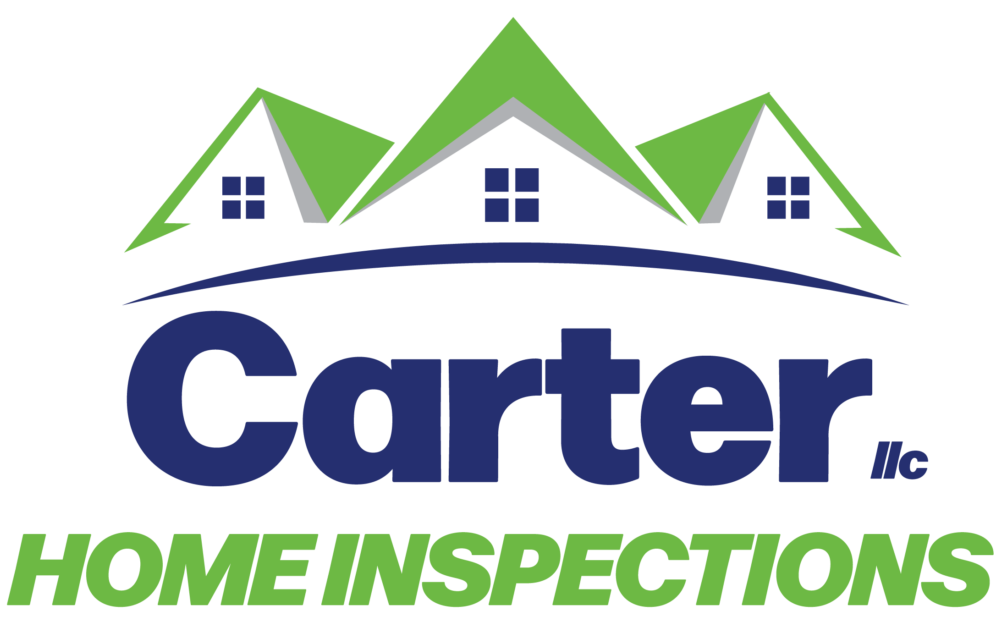
Every residence tells a story. Some are fresh off the page, while others carry chapters written over generations. When assessing the condition of a home, age influences not just what is seen—but how it is interpreted. Understanding the contrast between evaluating older and newer homes is essential, whether you’re a buyer, owner, or simply curious about your property’s hidden truths.
Legacy vs. Innovation
Homes built decades ago often feature materials and techniques that are no longer in use. Knob-and-tube wiring, cast iron drainpipes, and unlined chimneys may still serve their purpose—but they also come with their own maintenance demands and potential safety concerns. These components require a deep understanding of aging infrastructure and how to determine whether it’s functional, fatigued, or failing.
Newer homes, by contrast, incorporate modern systems and building codes, but they aren’t exempt from issues. In fact, shortcuts in mass construction, unseasoned materials, or rushed finishes can produce flaws that don’t surface until well after move-in day. While a newer home may feel structurally “clean,” it can still mask early signs of improper grading, subpar ventilation, or installation defects.
Different Homes, Same Objective
What distinguishes the review process between an older and newer property isn’t just the age of the structure—it’s the expectations and context surrounding it. In older homes, the focus often turns toward longevity and adaptability: How have the systems endured, and how safely do they operate today? In newer homes, the spotlight is on early performance: Are materials settling as expected, and is everything functioning as intended?
The Value of Periodic Oversight
Regardless of how many birthdays a home has seen, regular evaluation remains essential. Time doesn’t always broadcast its effects with visible wear. Moisture can collect silently, insulation can settle unevenly, and even recent installations can shift or degrade. Whether your home is five or fifty years old, subtle changes may go unnoticed until they become expensive problems.
Frequent, informed assessments serve not only to highlight what needs correction, but also to confirm what’s working well. A consistent review, tailored to a home’s age and history, offers reassurance—and often prevents avoidable surprises.
No house remains static. From heritage bungalows to contemporary builds, each one evolves in its own way. The most secure homes aren’t just well built—they’re well watched.
